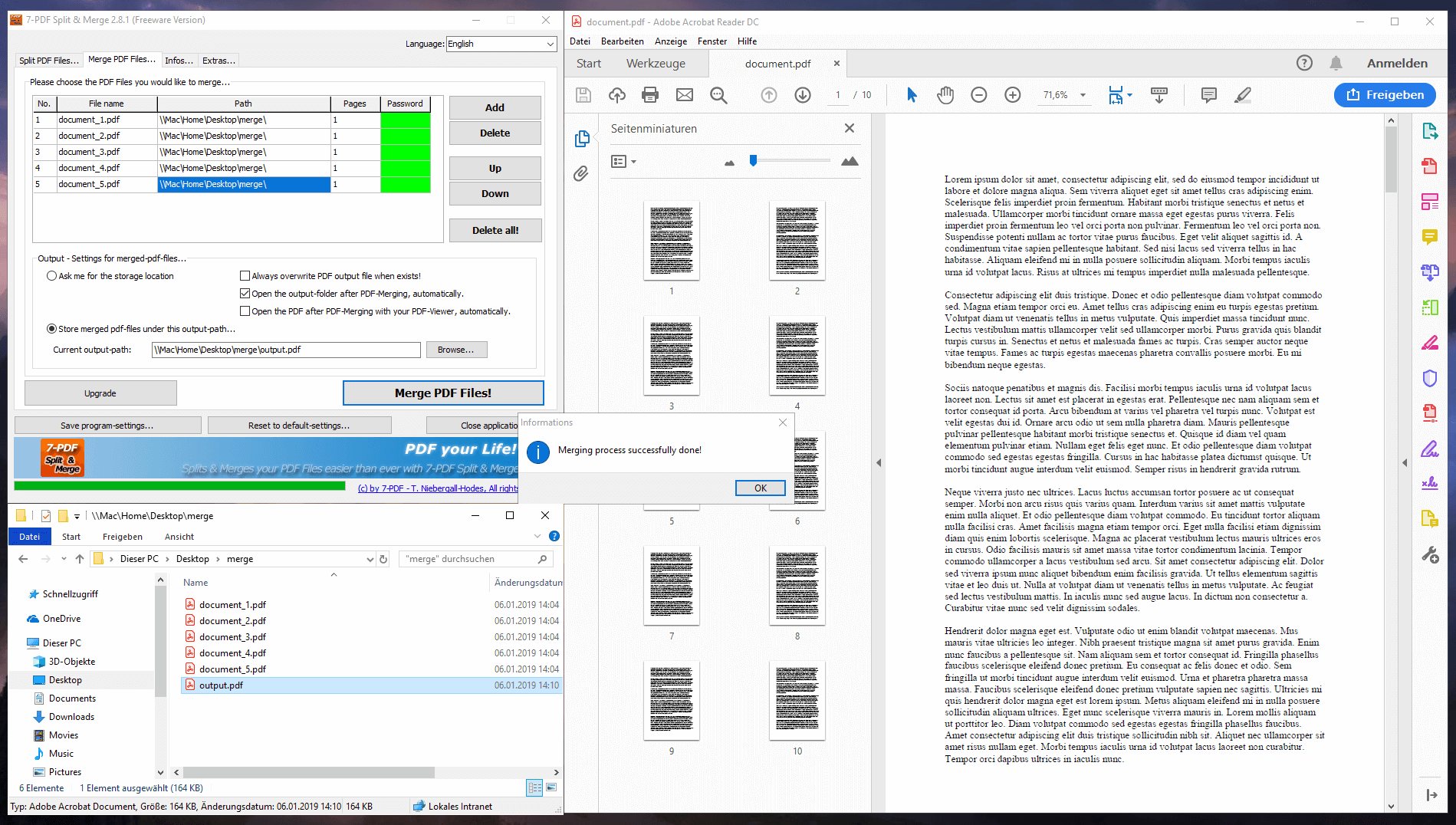
If you've been here before, refresh or reload the page to be sure you are getting the most current version. These recommendations are periodically updated or revised. You're welcome to link to this page, but please do not re-post the text itself anywhere else. PLEASE DO NOT RE-PUBLISH THIS LIST ANYWHERE ELSE. (Does not apply to human interactions, only in plant kingdom ).Joan Tollifson's List of Recommended Books There is no one needing the other more, that is symbiosis, as long as one does not hurt the other and both benefit, it does not matter so much who benefits more. What we are discussing of course does not apply to indoor gardening, that is another story.įungi and bacteria don't need to play a central role in a story such as yours, but it is enough that they are there doing their thing, away from the limelight.Īlso about cleaning soils, I have read that cannabis acts as a bio-accumulator, but where do all these metals eventually go? I don't believe cannabis metabolizes them? Don't they end up in the soil again after plant matter decays? You just need to not fuck things up by intervening. We are generally too intrusive and step in these processes too much.īesides restoring an unbalanced or damaged soil, in a well established ecosystem I don't think you need to be pouring in "microbial inoculants" and other soil enhancing shit. This whole thing certainly looks like a hype with all the marketing, but take the information that surfaces as more research is being done and put it to use by yourself. With the way we have selectively bred until now maybe this discussion is relevant. So putting a cannabis plant of today (or from yesterday for that matter) in a completely sterilized medium without ever feeding it somehow (organically or not), will result in the plant being healthy? What you are saying though applies to varieties not so far removed from the wild (almost non-existent from what we know).Ĭannabis may have begun this way but in the time we live, I don't think that it has much relationship with what you describe.Īlso I don't think that there is any place on earth completely devoid of microbial activity.

cih am not even able to describe it even remotely, so i do without it. The most impressive cannabis plant i have ever seen, stood on an old abandoned military site of the russians in the sand.

but still no comparison to a soil that can be described as healthy.ĭo the fungi and bacteria benefit more from a symbiosis with our roots. in the starting soil there were hardly any significant strains of bacteria and fungi. i have seen laboratory values of the soils before and after 3 seasons of cultivation. soils that are contaminated with heavy metals and poisons.

The special thing about cannabis is therefore to also grow it in contaminated soil. It is a very exciting story in which fungi and bacteria play a very subordinate role. she had to start doing chemistry in a higher mass. She had to find ways to take in the little food that was in the ground. was exposed to a completely different climate, more intense sunlight. She had to develop new survival strategies. This shift did not happen fast enough for the plant not to be able to adapt. That means two fundamental things have changed for our plant within a relatively short period of time. If you take a closer look at the region in which cannabis originated, consider the period from when hops and cannabbis developed from a plant, you will not miss the fact that a mountain developed from a flat steppe at precisely this time. hops in humus and cannabis in the sandy, actually very nutrient-poor medium. I am sure that it was the soil that separated hops and cannabis. cannabis originated in the sandy stony mountain regions. it also works very well without it.Ĭannabis did not originate on a humus-rich soil.

cannabis basically does not need any bacteria or fungi.


 0 kommentar(er)
0 kommentar(er)
